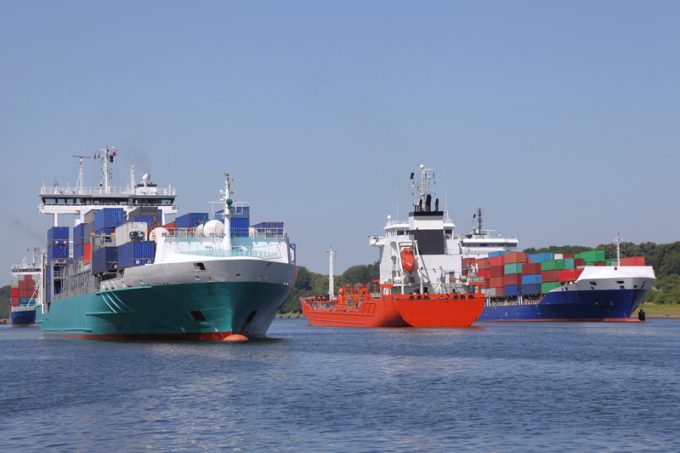Return on investment in index-linked contracts still not enough, say SMEs
The cost-benefit ratio of index-linked contracts is still not enough for SME shippers and forwarders, ...

Large carriers are fighting over a diminishing pool of second-hand box ships, with the latest Alphaliner research pointing to no orders, but abundant acquisitions in the 700-999 teu feeder-size range.
Alphaliner found major carriers were acquiring vessels second-hand from non-operating owners: 675 over the past three years. ...

Comment on this article